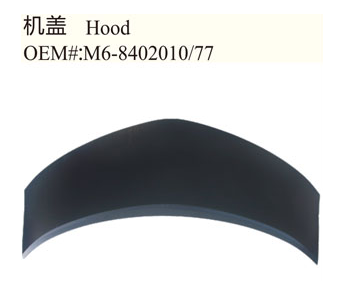In the field of cars, stamping parts can be seen everywhere. Among the materials used in medium and heavy-duty cars, in addition to the covering parts or body panels used in these cars, some load-bearing parts or supporting parts also use this material. During this period, many people know that the frame, carriage and other large car parts belong to this field.

Other methods of cold stamping can be used to process some materials with hard raw materials. In the meantime, steel plate and steel strip which are often used in the car field can be processed with this kind of equipment. Now in the production of car stamping parts, the use of steel is less and less, on the one hand, because now some aluminum, carbon elements of raw materials have stronger hardness, and the use of this composite material, can effectively reduce the weight of the car itself, on the car in the road less consumption of gasoline and diesel has a very important effect. And after using this new composite material, the car body protection work is also more simple.
There are many reasons for wrinkling in the process of drawing. The main reasons are as follows:
(1) The drawing depth of automobile parts is too deep, which leads to the sheet metal flow too fast in the process of feeding, forming wrinkles.
(2) In the drawing process, the R angle of the die is too large, resulting in the punch can not press the material in the drawing process, resulting in the sheet metal flow too fast and forming wrinkles.
(3) The unreasonable pressing rib of stamping parts, too small and incorrect position of pressing rib can not effectively prevent the sheet metal from flowing too fast and forming wrinkling.
(4) The pressure of the ejector bar is too small, so that the stamping parts are not completely formed, forming wrinkles.
(5) The unreasonable positioning design of the die leads to the failure of pressing the material during the drawing process or the too small pressing edge, which leads to the failure of pressing the material during the drawing process, resulting in wrinkling.
(6) The gap between punch and die is too large, which makes it impossible to press the material in the process of drawing, resulting in wrinkling.
Copyright By © Jiangsu Halreal Vehicle Industry Co., Ltd. Powered by Yicheng Network